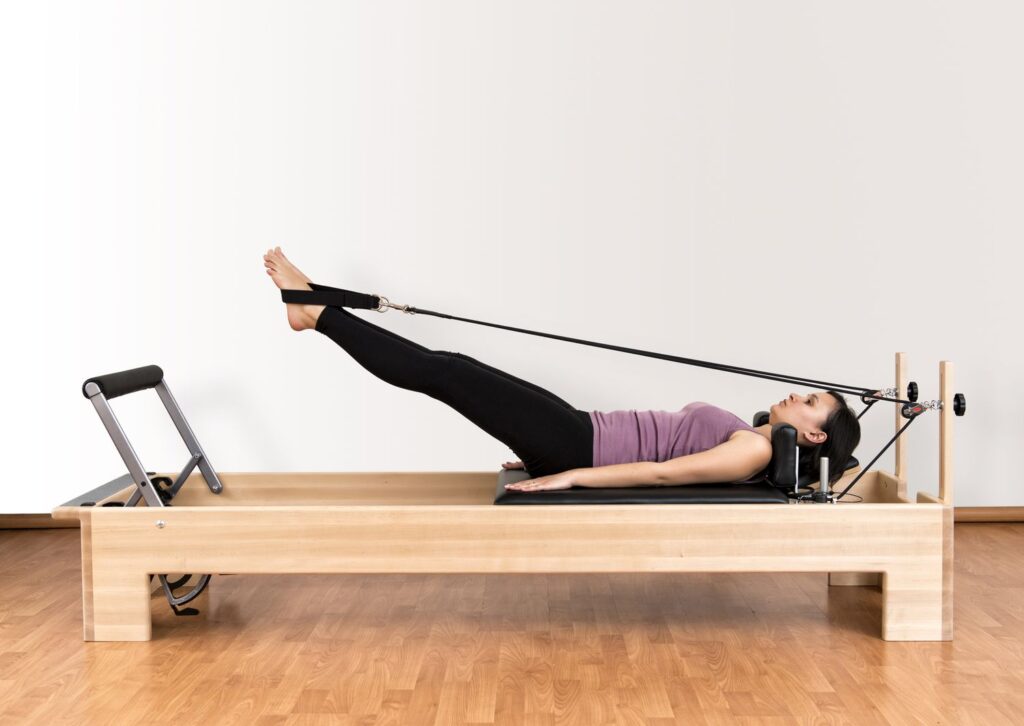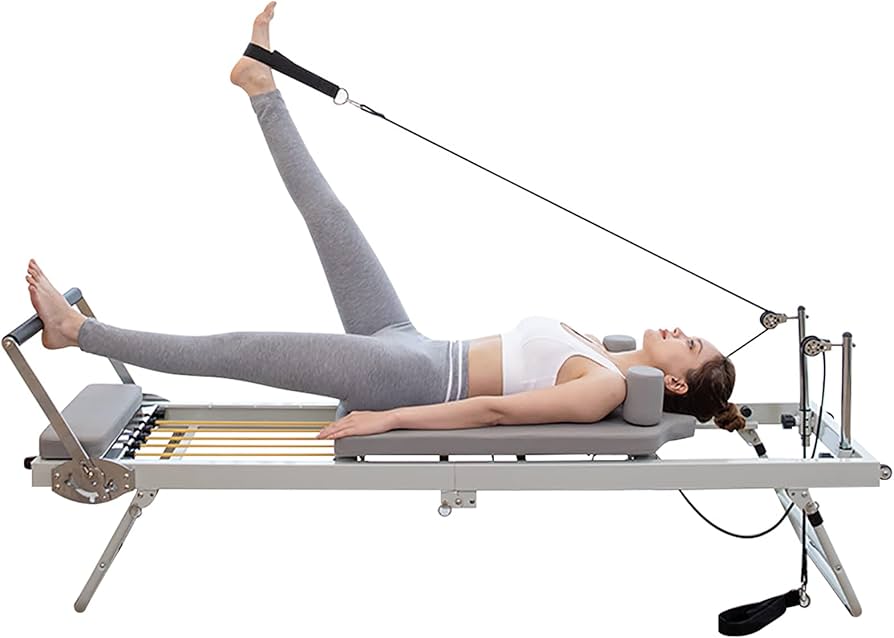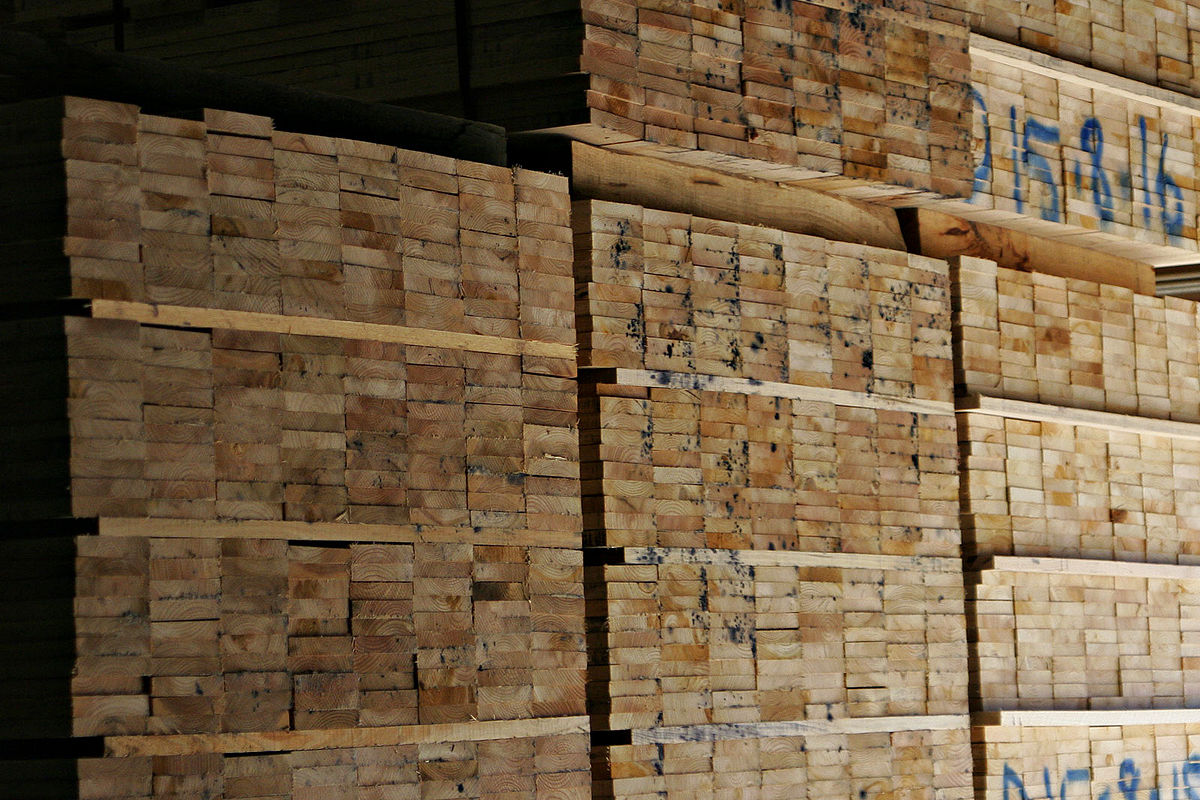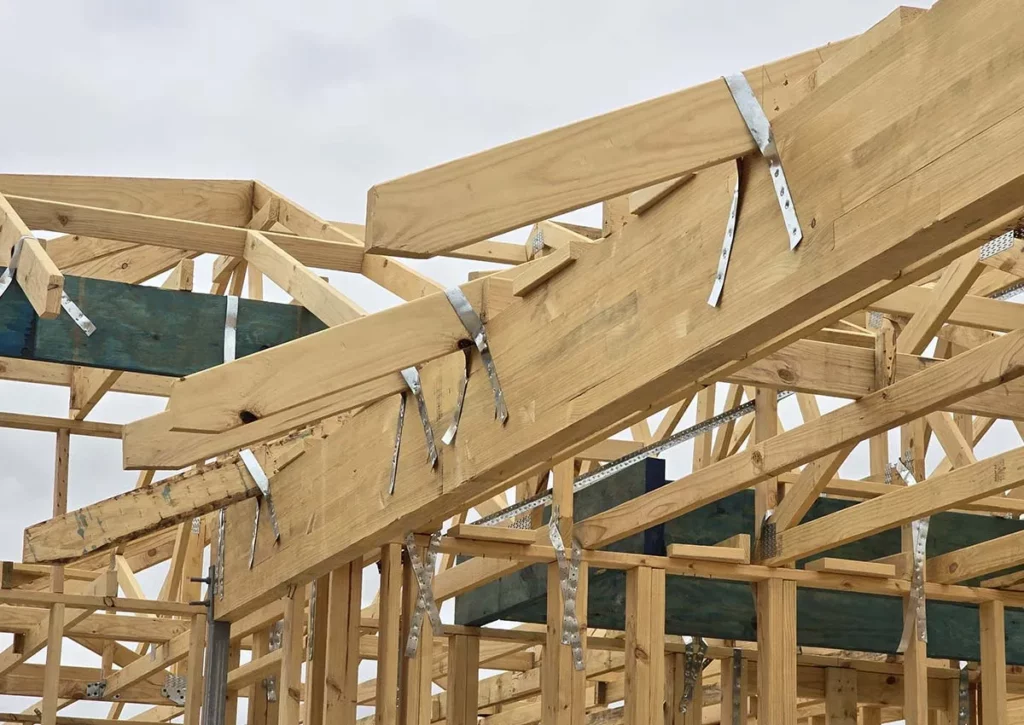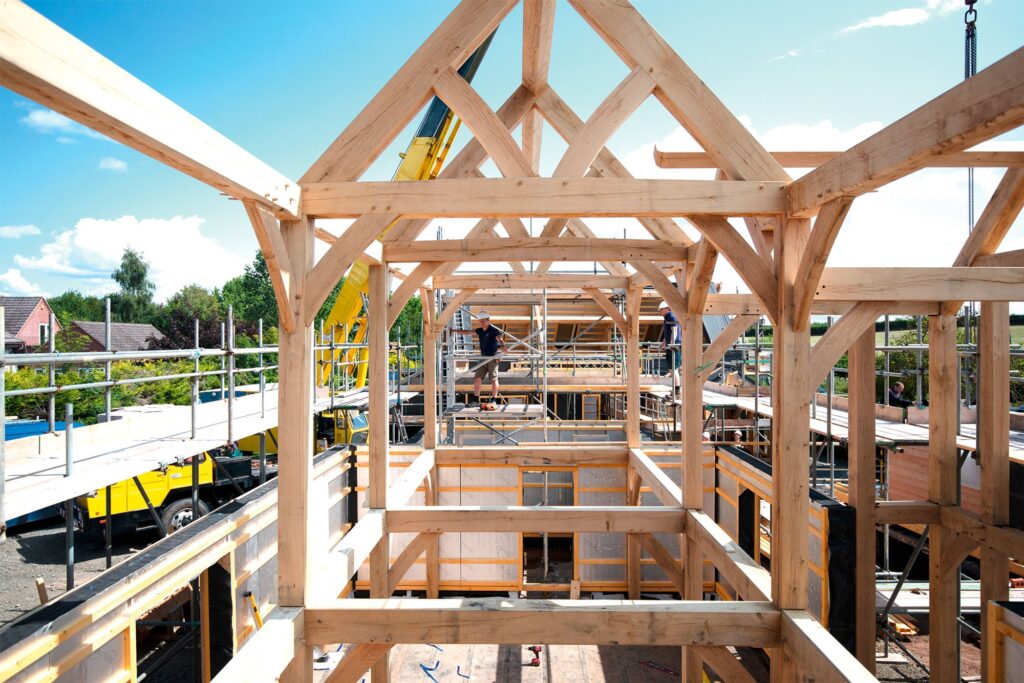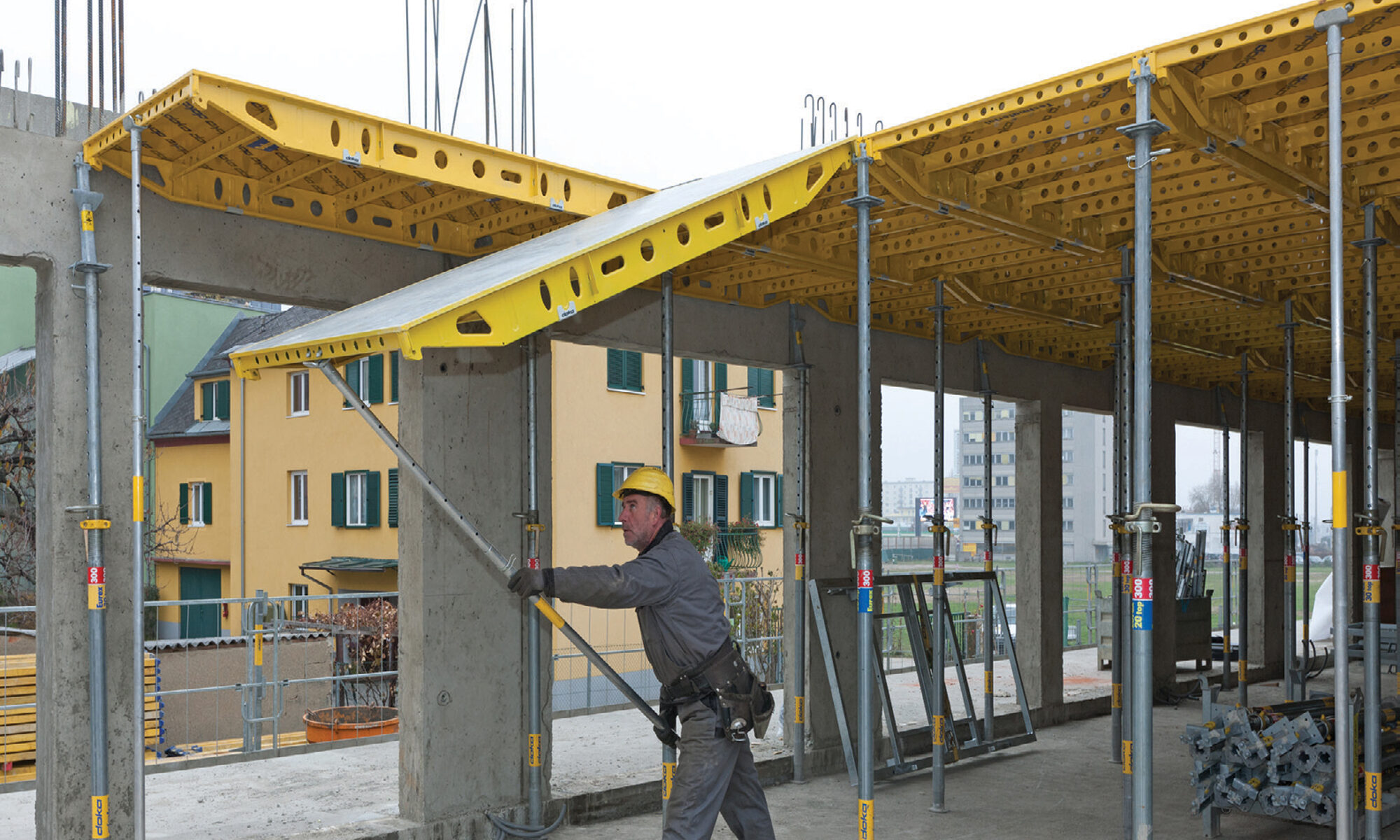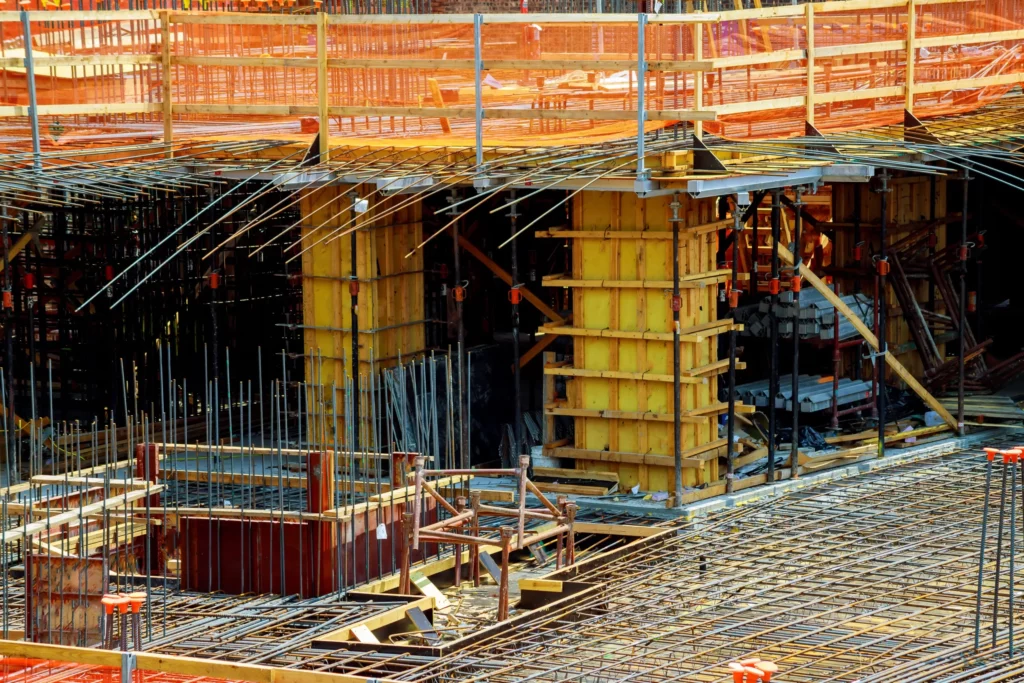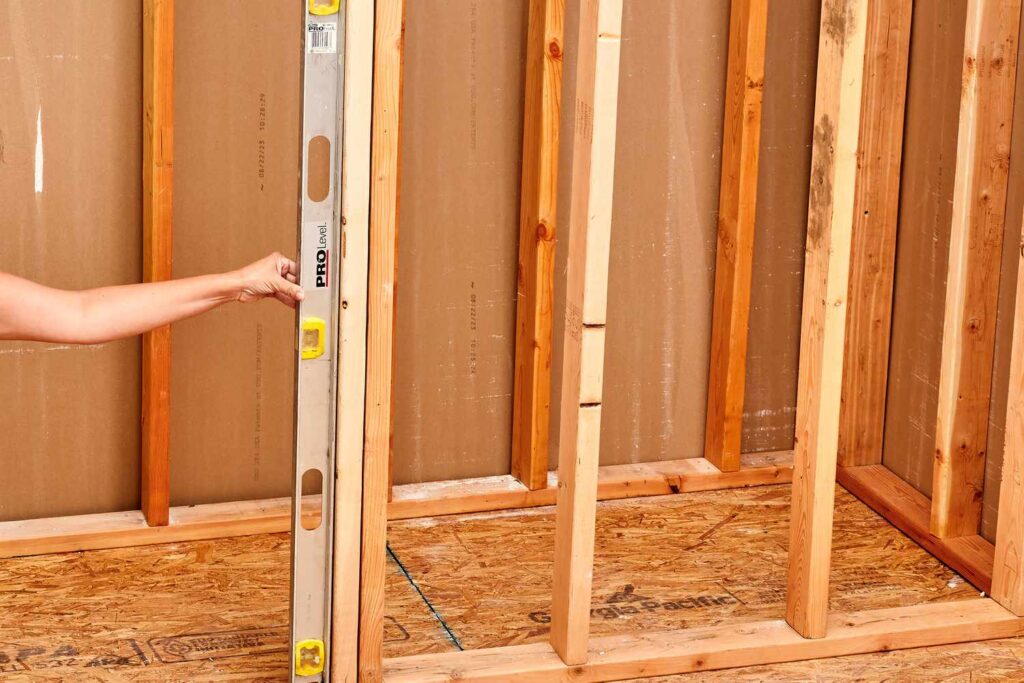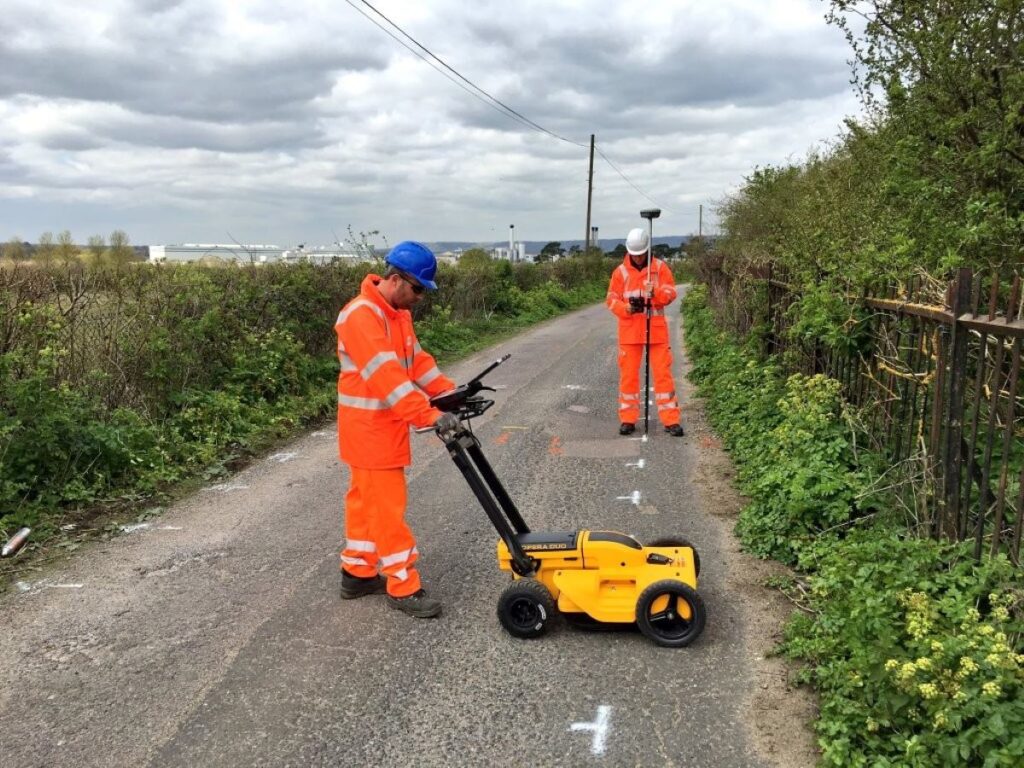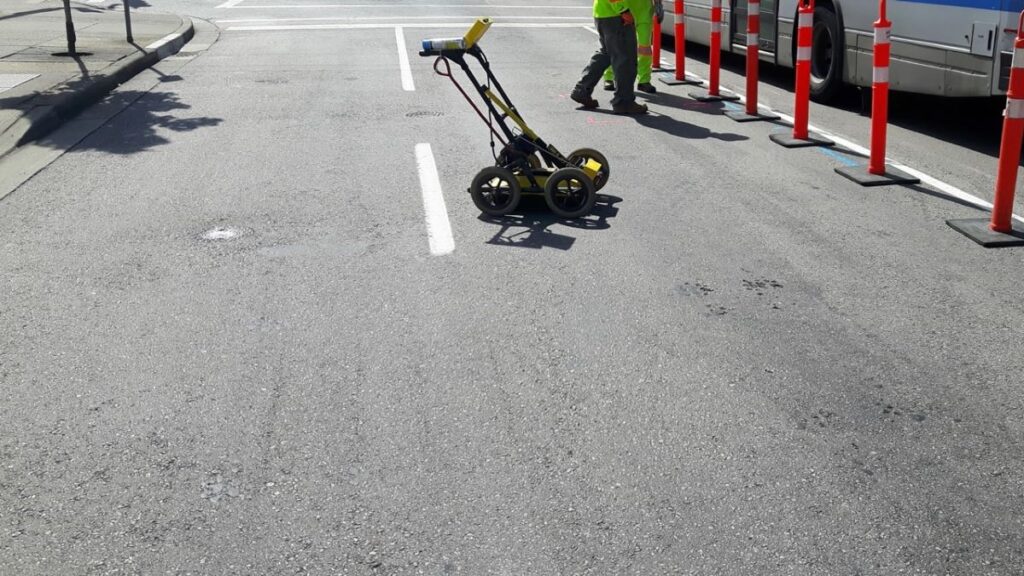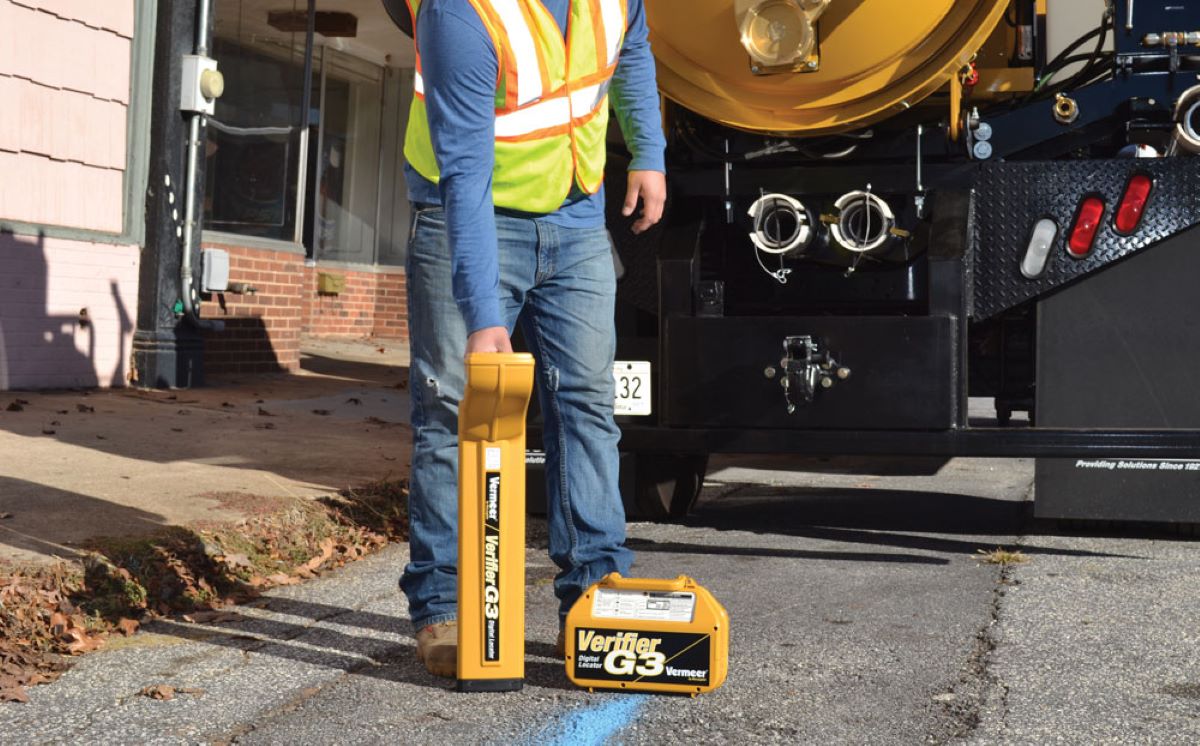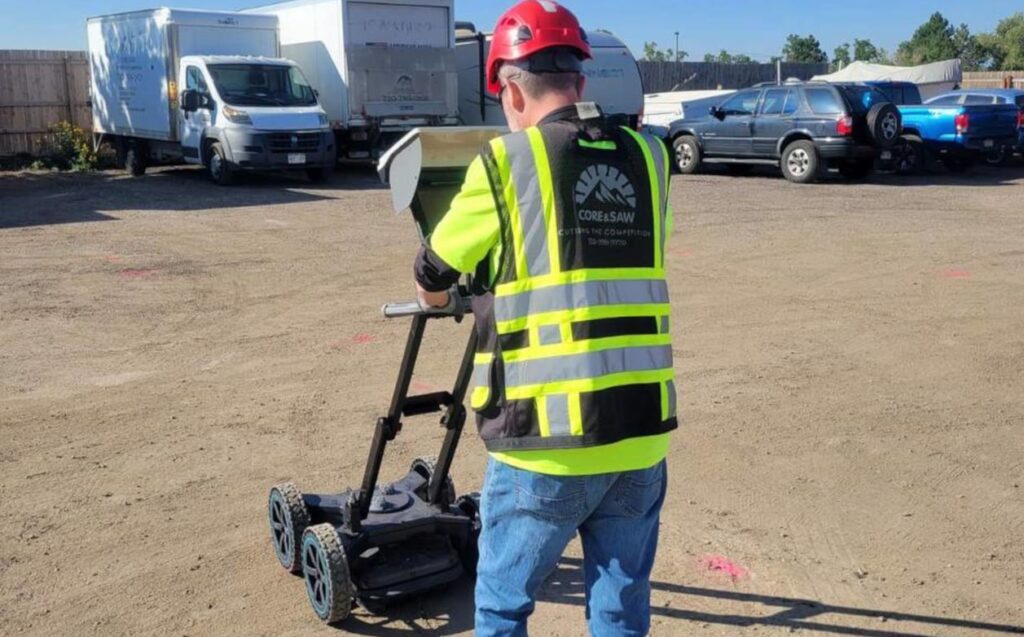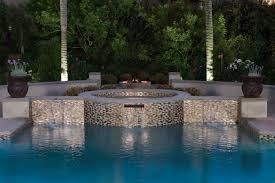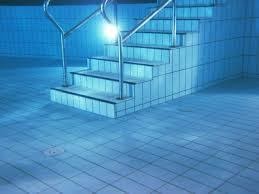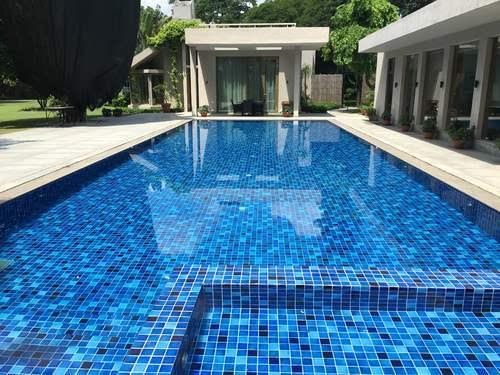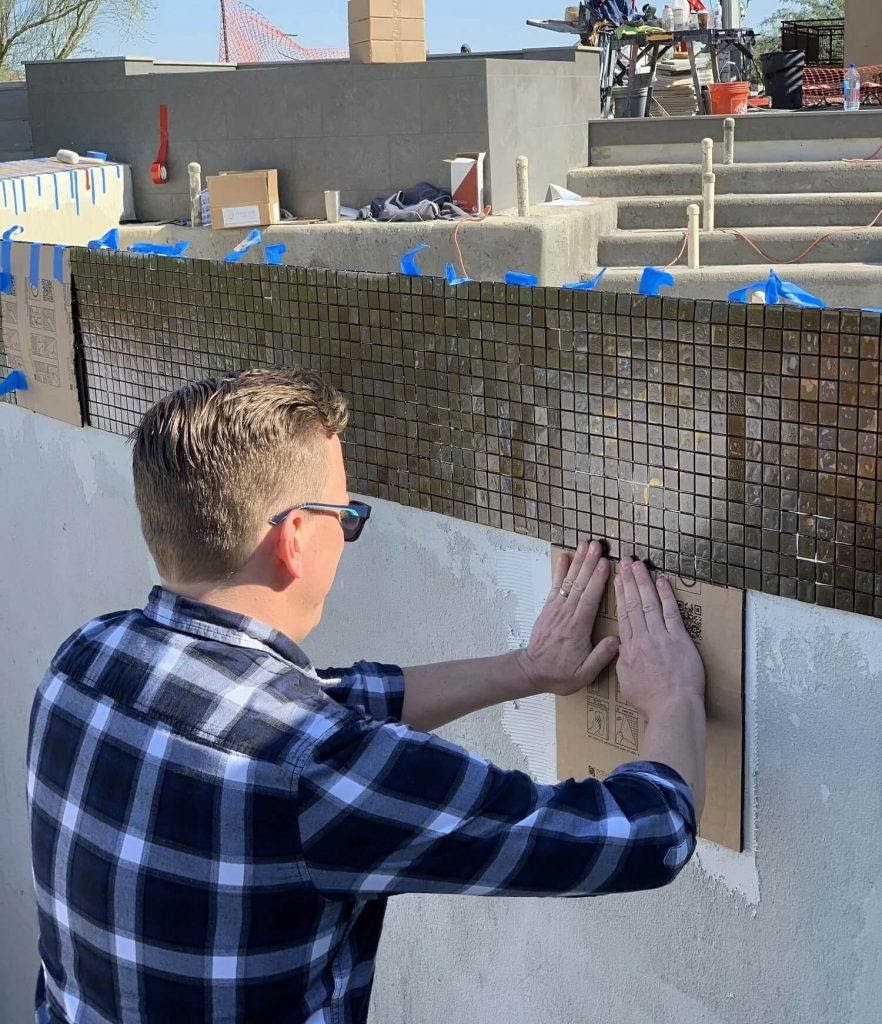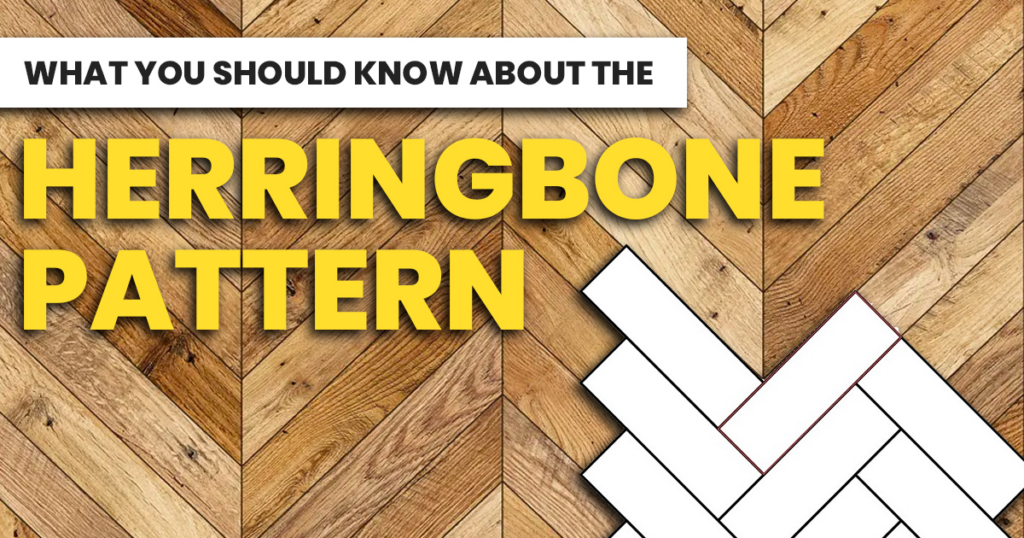Reformer beds have gained immense popularity in recent years, becoming a staple in both home gyms and professional studios. Their versatility and ability to enhance strength, flexibility, and overall fitness make them an appealing choice for many. However, with a variety of models available on the market, selecting the right reformer bed can be a daunting task. This article will explore different types of reformer beds, their features, and how to choose the one that best fits your lifestyle.
Understanding Reformer Beds
Before diving into the specifics of various models, it is essential to understand what a reformer bed is and how it functions. A reformer bed is a piece of equipment used primarily in Pilates, designed to facilitate a range of exercises that target different muscle groups. The bed consists of a sliding carriage, adjustable springs for resistance, and various attachments that allow for a multitude of movements.
The Mechanics of a Reformer Bed
The core of a reformer bed lies in its mechanics. The sliding carriage is the most distinctive feature, allowing users to perform exercises in a controlled manner. The adjustable springs provide resistance, which can be modified to suit individual fitness levels. This adaptability is one of the primary reasons reformer beds are favoured by both beginners and seasoned athletes.
Moreover, reformer beds can be used for a wide range of exercises, from basic stretches to advanced strength training. This makes them suitable for individuals with different fitness goals, whether it be rehabilitation, muscle toning, or improving athletic performance.
Benefits of Using a Reformer Bed
Utilising a reformer bed offers numerous benefits. Firstly, it enhances core strength, which is vital for overall stability and balance. Secondly, the low-impact nature of reformer exercises makes them ideal for individuals recovering from injuries or those seeking a gentler workout. Additionally, reformer beds promote flexibility and can help improve posture, contributing to overall physical health.
Types of Reformer Beds
There are several types of reformer beds available, each designed to cater to different needs and preferences. Understanding these types will help in making an informed decision when selecting a model.
Standard Reformer Beds
Standard reformer beds are the most common type found in Pilates studios. Typically, they feature a wooden or metal frame, a padded carriage, and adjustable springs. These models are designed for versatility, allowing users to perform a wide range of exercises. Standard reformers are often used in group classes, making them a great option for those who enjoy a communal workout environment.
While standard reformers are excellent for general use, they may not be the best choice for those with limited space or specific exercise needs. They can be quite large and may require a dedicated area for storage and use.
Compact Reformer Beds
For those with limited space, compact reformer beds offer a practical solution. These models are designed to be more space-efficient, often featuring a foldable design or a smaller footprint. Compact reformers maintain the essential features of standard models, providing a similar range of exercises but in a more manageable size.
Compact reformers are ideal for home use, particularly in apartments or smaller homes. They allow users to enjoy the benefits of reformer Pilates without sacrificing valuable living space.
Professional Reformer Beds
Professional reformer beds are built for intensive use, often found in Pilates studios and fitness centres. These models are typically more robust, featuring higher weight capacities and enhanced durability. Professional reformers may also include additional features, such as adjustable footbars and more extensive spring systems, allowing for greater versatility in workouts.
While professional reformers are excellent for serious practitioners, they may be more expensive and less suitable for casual users or those new to Pilates. Investing in a professional model may be worthwhile for individuals who plan to use the reformer frequently or for those who wish to teach Pilates.
Key Features to Consider
When selecting a reformer bed, several key features should be taken into account. Understanding these features will help in choosing a model that aligns with personal fitness goals and lifestyle.
Adjustability
One of the most important features of a reformer bed is its adjustability. This includes the ability to modify the resistance through adjustable springs, as well as the height of the footbar and the position of the carriage. A highly adjustable reformer allows users to tailor their workouts to their specific needs, making it suitable for various fitness levels.
Additionally, some models offer adjustable shoulder rests and headrests, providing enhanced comfort and support during exercises. This is particularly beneficial for individuals with specific physical requirements or those recovering from injuries.
Build Quality and Materials
The build quality of a reformer bed significantly impacts its durability and performance. High-quality materials, such as sturdy wood or robust metal frames, ensure the reformer can withstand regular use. Moreover, the quality of the padding on the carriage and the straps should not be overlooked; comfortable padding can enhance the overall workout experience.
Investing in a well-constructed reformer bed is crucial, as it will provide a safer and more effective workout environment. Cheaper models may save money initially but could lead to issues with stability and longevity over time.
Size and Storage Options
Size is a critical consideration, especially for those with limited space. Standard reformers can be quite large, while compact models are designed to fit into smaller areas. It is essential to measure the available space and consider how the reformer will be stored when not in use.

Some reformer beds come with built-in storage options, allowing users to keep accessories organised and out of sight. This feature can be particularly useful in home settings where space is at a premium. Click here to learn about top tips for getting a Reformer Pilates Bed for sale on a budget.
Price Range and Budgeting
Reformer beds vary widely in price, influenced by factors such as brand, build quality, and features. It is important to establish a budget before shopping to ensure that the chosen model fits within financial constraints.
Entry-Level Models
Entry-level reformer beds are typically more affordable and are designed for beginners or casual users. These models may lack some of the advanced features found in higher-end options but still provide a solid introduction to reformer Pilates. Prices for entry-level reformers generally range from £300 to £800.
While these models may be suitable for those just starting their fitness journey, it is essential to consider the long-term investment. Users who plan to engage in regular Pilates practice may find that upgrading to a more robust model is necessary as their skills and fitness levels progress.
Mid-Range Models
Mid-range reformer beds offer a balance between affordability and advanced features. These models typically range from £800 to £1,500 and are suitable for individuals who are serious about their Pilates practice. Mid-range reformers often include additional adjustability options and better build quality compared to entry-level models.
Investing in a mid-range reformer can provide a more enjoyable and effective workout experience, making it a worthwhile consideration for those who plan to use the equipment regularly.
High-End Models
High-end reformer beds are designed for professional use and serious practitioners. Prices for these models can exceed £1,500, with some premium options reaching upwards of £3,000. High-end reformers typically feature superior build quality, extensive adjustability, and additional accessories for a comprehensive workout experience.
For individuals who are dedicated to their Pilates practice or those who wish to teach, investing in a high-end reformer may be justified. These models are built to last and can provide a lifetime of fitness benefits.
Choosing the Right Model for Your Lifestyle
Ultimately, the choice of a reformer bed should be based on personal lifestyle, fitness goals, and budget. Taking the time to evaluate individual needs will lead to a more satisfying purchase and a more effective workout experience.
Assessing Your Fitness Goals
Before making a decision, it is essential to assess personal fitness goals. Are you looking to improve flexibility, build strength, or rehabilitate an injury? Understanding these objectives will help narrow down the options and identify the most suitable model.
For example, beginners may benefit from a standard or entry-level reformer, while advanced practitioners might prefer a professional model with more features and adjustability. Consideration of long-term goals is also important; those who plan to pursue Pilates seriously should invest in a model that can grow with their skills.
Evaluating Space and Storage Needs
Space constraints play a significant role in the selection process. For those with limited room, compact reformers are an excellent choice, as they can be easily stored away when not in use. It is also essential to consider how much space is needed for exercises; some movements may require additional clearance around the reformer.
Additionally, if the reformer will be used in a shared space, it may be beneficial to choose a model that is easy to move or store, ensuring that it does not become an obstacle in daily life.
Budget Considerations
Establishing a budget is crucial when selecting a reformer bed. While it can be tempting to opt for the cheapest option, investing in a quality model can provide long-term benefits and a more enjoyable workout experience. Consider not only the initial cost but also the potential need for upgrades in the future.
It may also be worth exploring financing options or second-hand models, particularly for higher-end reformers. Many reputable brands offer warranties and guarantees, providing peace of mind when making a significant investment.

Conclusion
Choosing the right reformer bed is a personal decision that depends on various factors, including fitness goals, space availability, and budget. By understanding the different types of reformers, key features, and price ranges, individuals can make an informed choice that aligns with their lifestyle.
Whether opting for a standard, compact, or professional model, investing in a reformer bed can significantly enhance one’s fitness journey. With the right equipment, achieving personal health and wellness goals becomes more accessible and enjoyable. Take the time to evaluate your needs, and embark on a fulfilling Pilates experience that fits seamlessly into your lifestyle.




